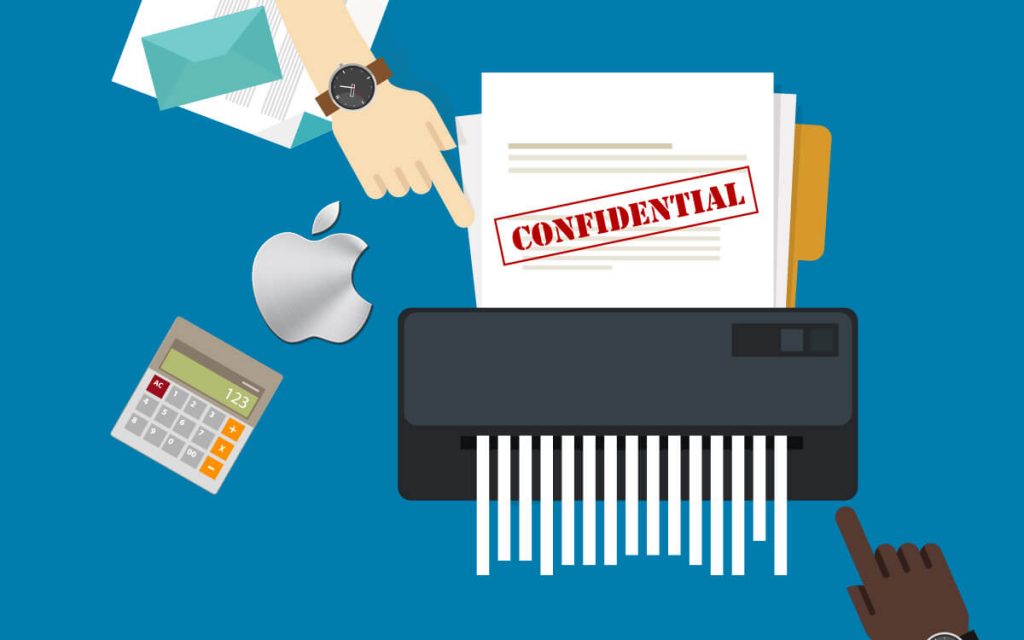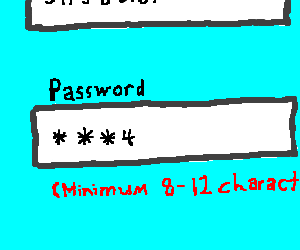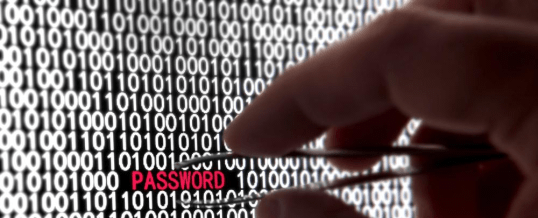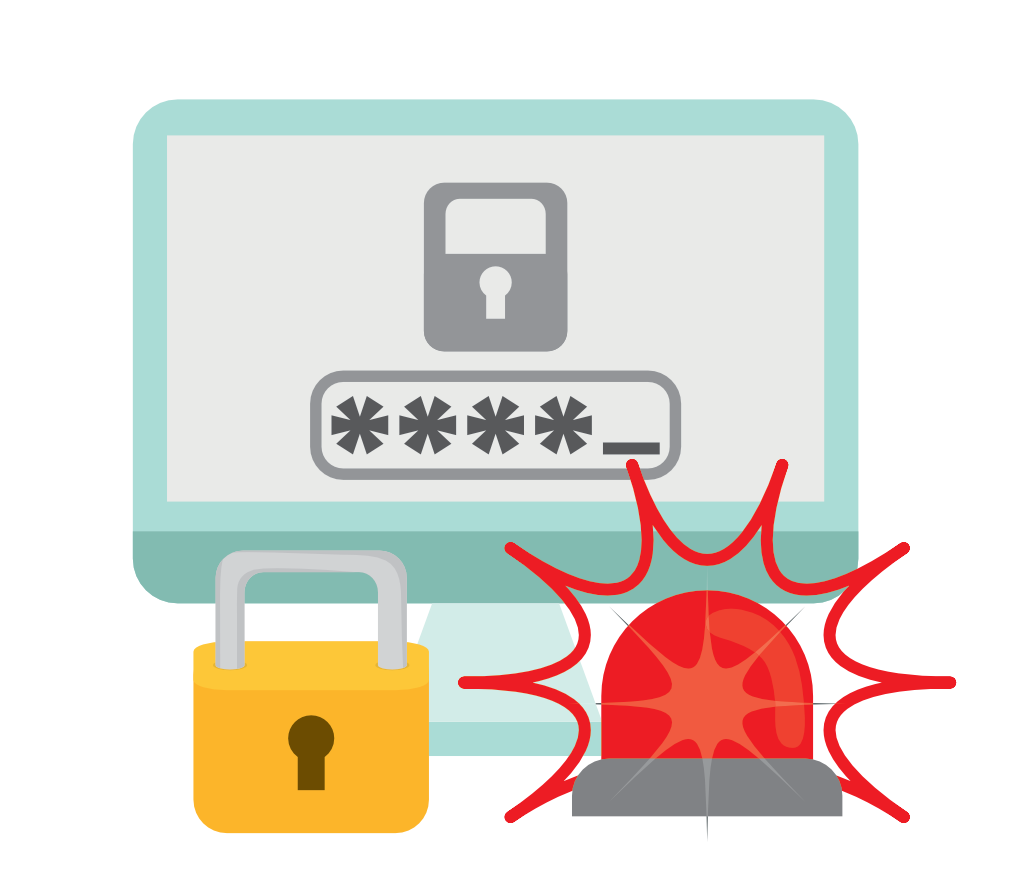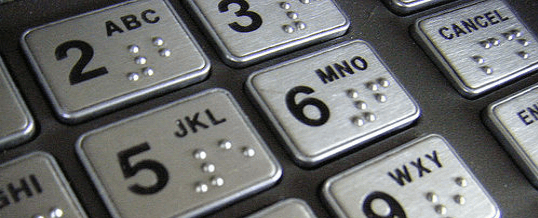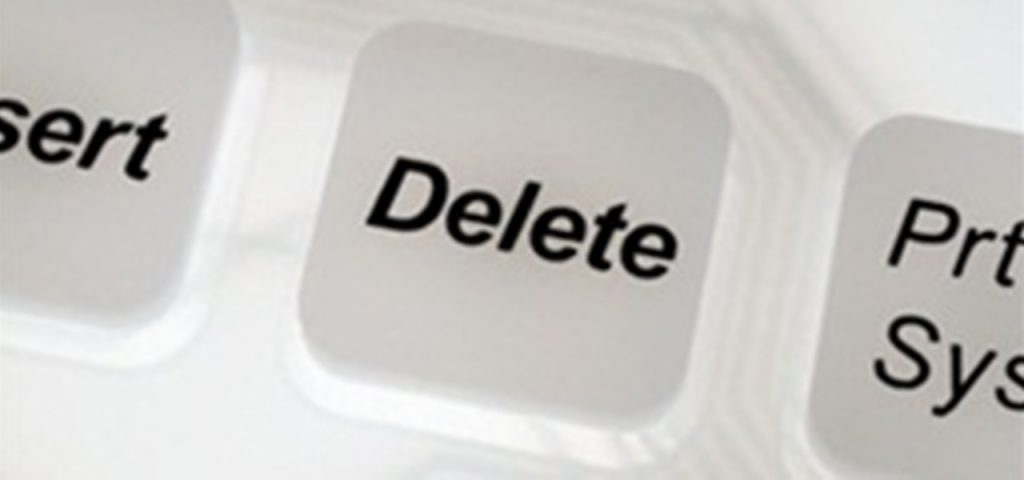File shredder programs are software tools that permanently delete files on your computer. As you may or may not know, deleting a file just hides it from the operating system. It isn’t really gone until that same space is overwritten by something else.
This is exactly what a file shredder does. It overwrites selected files using a specified data sanitization method, ensuring that’s it can never be un-deleted with a file recovery program.
Software (File Shredder) to permanently delete files
Hitting the delete key and emptying the Recycle Bin will leave the information you’ve deleted intact (simply removing the reference to it), until that space is overwritten.
Sometimes programs can even restore information that has been overwritten only once or twice, using recovery technology to read magnetic patterns.
You can’t simply delete the file and then start saving new files in a DIY-style overwrite attempt, as there is no guarantee that Windows will first save the data in the space freed by your deletion. You’ll need software that is designed to permanently delete files as below method.
Shredding individual files
Some file shredding programs are designed to work with individual files – these are the ones that you’ll use day to day. All you need to do is:
- Open the file shredder program
- Let it know which files you want to get rid of
- Set your security level. The better programs, like the utility built into Kruptos 2 Professional, will give you a choice of several security levels, from a fast and secure delete, to a slower, but military-level ultimate delete.
Microsoft utilities
Microsoft provides a free utility for file shredding, SDelete. It works on all versions of Windows, but is a separate download – you won’t find it inbuilt into your system.
SDelete deletes files to military standards, but doesn’t allow you to balance your deleting needs between speed and security (as the file shredder built into Kruptos 2 Professional does), and does not remove file names from the file system table, as Kruptos 2 File Shredder does – though it will overwrite the file entries several times.

